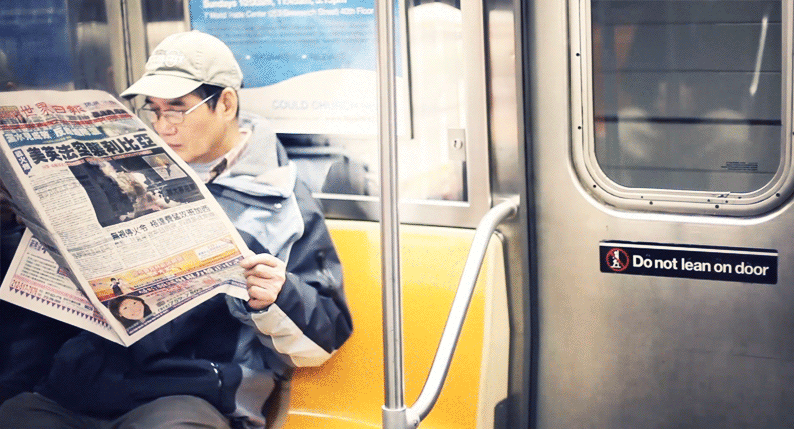Cinemagraphs are ones of those Internet memes that became really popular during 2013, however, they are a very particular case: cinemagraphs are actually posing questions on the boundaries between photography and video and therefore coming up with a very fresh and needed perspective for digital aesthetics . A cinemagraph is something between photography and video and has GIF format, which means that is looped. Nevertheless, a cinemagraph has a very subtle and almost unnoticed loop that gives us the sense of being eternal, it is like a movement frozen in time but which you can actually perceive it in motion forever. New York City based photographer Jamie Beck and Web Designer Kevin Burg created (or popularized) them for the Fashion Week in New York (2013). Since the very first moment Cinemagraphs gave a very innovative and fresh impression along the Web, turning out thus to be a big success and being rapidly spread and appropriated by users in order to create their own ones.

(Cinemagraph by Jamie Beck and Kevin Burg)
GIFs and therefore Cinemagraphs can use up to 256 colours (not a very wide range of palette for digital images) meaning that they are normally composed by low saturation colours, resulting on a sort of a melancholic feeling when looking at them. This melancholy effect has at the same time lot of to do with the hypnotic effect of the loop, better described in an article written by Daniel Birnbaum about the work of the Dutch artist Marijke van Warmerdam, who employs the loop, thus repetition and lack of narrative as the main principle of her artistic work.
What these film loops offer is a mental state rather than a series of events. They convey a meditative, almost somnambulist, form of pleasure: nothing really happens, yet it’s hard to stop watching… Repetitive techniques have their uses in other fields, such as meditation and prayer, where certain types of monotonous iteration can be soothing and even soporific. Lullabies and hypnotism also follow this principle.

Although he mentions this regarding to Marijke van Warmerdam’s, this extract can be generally applied to GIFs and especially to Cinemagraphs. Indeed, it is inexplicably captivating the effect they provoke; cinemagraphs trap us and hold us looking at them for a much longer period that we are used to look at a single object in our hyperactive information society, they somehow remind us that we can observe something patiently and clear our mind. Cinemagraphs are about an state of mental silence, about an act of contemplation in our digital age. The hypnotic appearance of their visual repetitive rhythm have also a lot in common with optical illusions, those mesmeric objects which using geometrical and repetitive figures fool your mind with the sense of movement; and that’s be basis of animation and therefore cinema. In the following post I will come back deeply to all these notions going back to futurists and animation, meanwhile have a look at this documentary “Animated GIFs: the birth of a medium” which concisely explains the main ideas of this new booming format; the GIF.
(Optical illusion)



